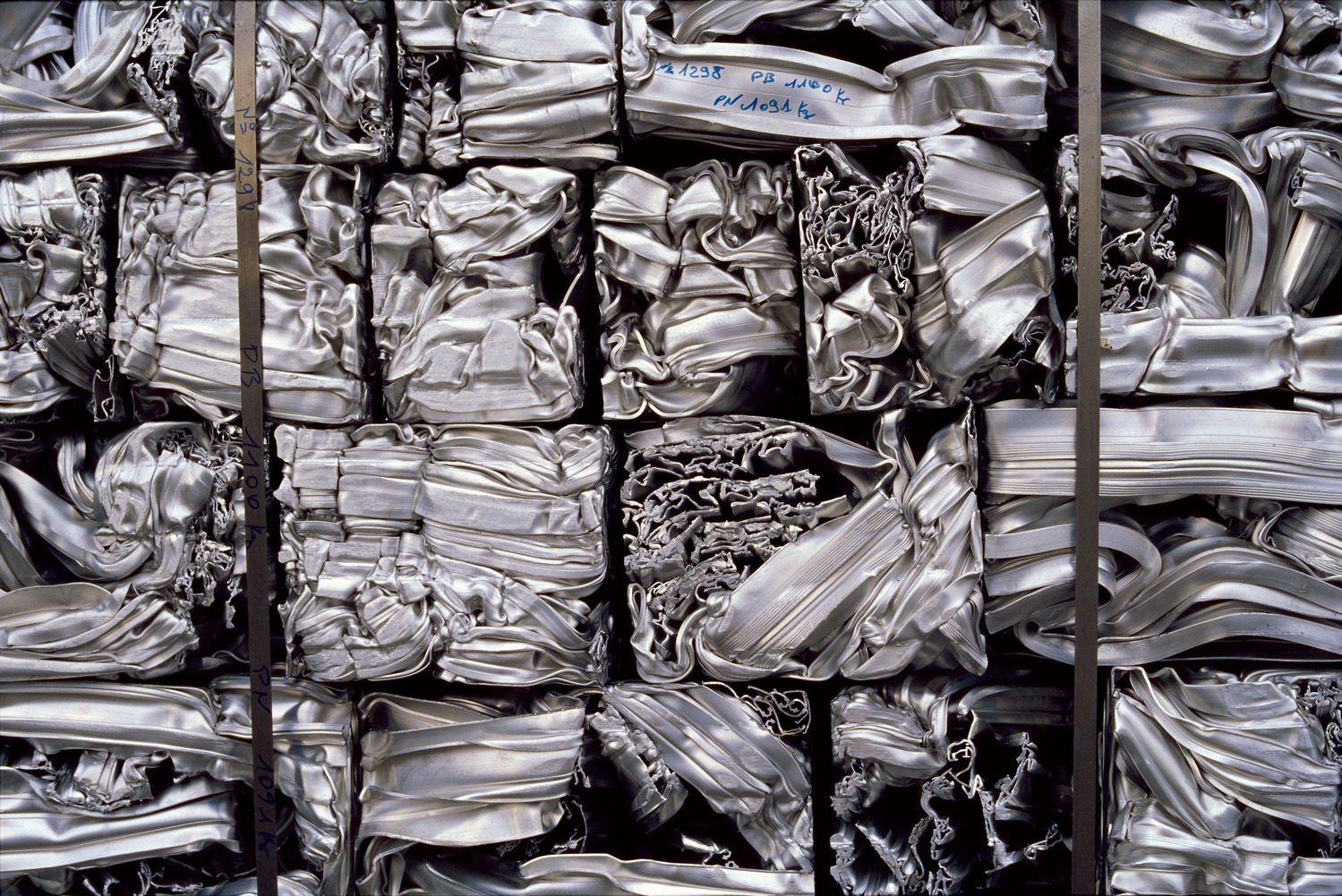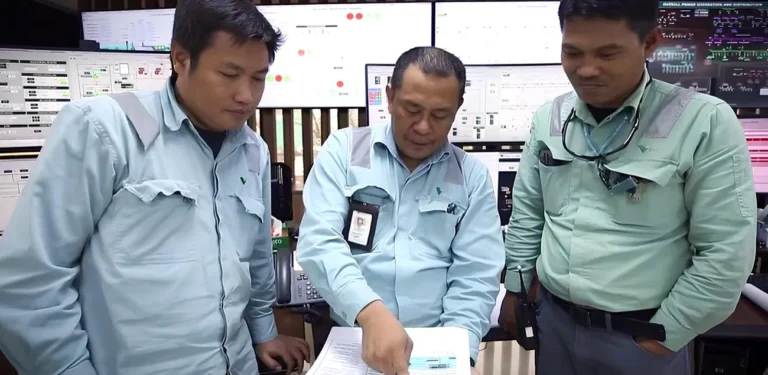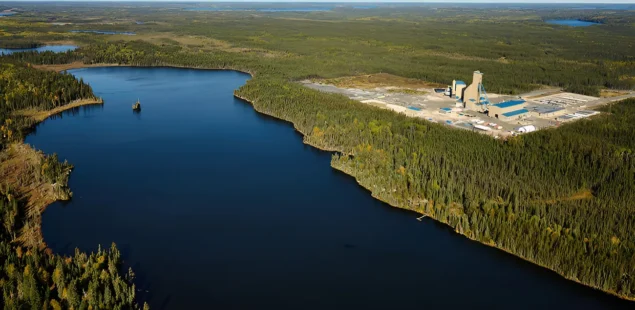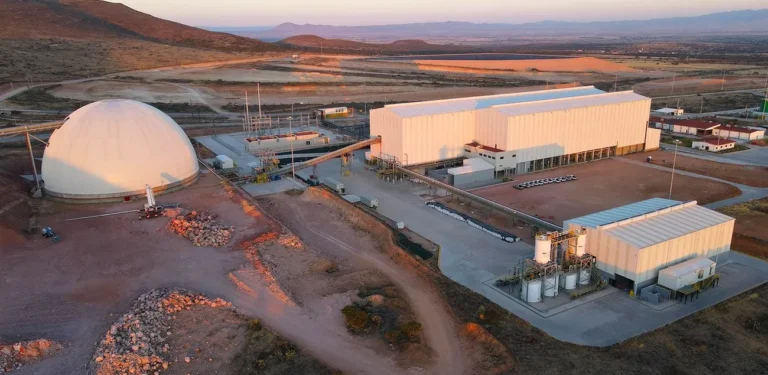
The Rheinwerk aluminium plant in Neuss, Germany—once one of Europe’s largest producers of primary aluminium—has fully transitioned to recycled production after shutting down its energy-intensive smelter operations in 2023 due to soaring electricity costs. While its towering chimneys now stand dormant, the facility is active around the clock, processing scrap metal into new aluminium products with significantly lower energy demands.
Speira, the company operating the site, now produces as much aluminium from recycled cans and industrial scrap as it once did using primary processes. This shift reflects broader challenges facing Europe’s aluminium sector, which is grappling with rising energy costs, global competition, and the urgent need to decarbonize heavy industry.
The decision to end primary production at Rheinwerk followed a surge in electricity prices in the aftermath of Russia’s invasion of Ukraine, which briefly pushed the cost of producing one tonne of aluminium in Europe to €5,000—double the global market price. In the last two years, the European Union’s primary aluminium output has been cut in half.
While primary aluminium production remains crucial for long-lifespan infrastructure and defence needs, recycled aluminium offers clear environmental advantages. Producing secondary aluminium requires 95% less energy and emits far less CO₂—0.5 tonnes per tonne of metal compared to 6.7 tonnes for primary aluminium.
However, recycled aluminium alone cannot meet Europe’s current demand. Components like window frames and wind turbine parts remain in use for decades, limiting short-term recycling supply. Industry groups warn that abandoning primary production altogether would increase dependence on imports, often with higher carbon footprints. Chinese aluminium, for example, is estimated to have nearly twice the emissions of its European equivalent.
The European Commission has yet to decide how—or whether—to support the continuation of primary aluminium production on the continent. Its recently announced Clean Industry Pact includes measures to boost investment and reduce energy costs but avoids specifying which sectors should be preserved.
Trade associations are urging the EU to restrict scrap exports to ensure feedstock for domestic recyclers, while recyclers warn that such measures would hurt their bottom line. Meanwhile, manufacturers of clean technologies, which Brussels aims to promote, are pushing for policy certainty and continued access to key materials.
At Rheinwerk, workers remain optimistic. The plant is expanding its recycling operations, and staff are fully engaged in the shift to a circular economy. “We build recycling furnace after recycling furnace,” said Speira Managing Director Volker Backs. But he stressed that further progress—such as converting gas furnaces to hydrogen—depends on public investment in infrastructure.
The debate over Europe’s aluminium future is emblematic of a wider industrial dilemma: whether to preserve legacy production methods or double down on lower-emission alternatives. The answer will shape not just Europe’s manufacturing capacity, but its autonomy and role in the global energy transition.



